If you’ve been a homeowner for any length of time, you know that stuff breaks, projects pile up, and sometimes you just want to build something cool for the house. That’s exactly where having the right power tools in your corner can make life way easier. With the right gear, you’ll be able to handle most projects, from hanging shelves to building garden boxes to simple repairs that would otherwise cost you a lot more to have someone else do. Having done my fair share of DIY projects, I’m a big believer that every homeowner should have a solid set of power tools ready to go.
Here’s my rundown of the top 10 power tools that pretty much everyone who owns a home should consider picking up. These tools cover all the basics, and each one is something I personally wouldn’t want to be without. I’ll break down each tool, why you want it, what to look for, and a few buying tips so you don’t end up wasting money on tools you won’t use.

Article Title: Top 10 Essential Power Tools For Every Homeowner
Best Brands For Homeowners: DeWalt, Makita, Milwaukee, Bosch, and Ryobi are all worth checking out. More on this below.
Most Commonly Used Power Tool: Cordless drills are the #1 workhorse for most DIY homeowners.
Tools Every Homeowner Should Have: See the full list below; I cover why each one earns a spot!
The Real Value Of Power Tools At Home
Power tools aren’t just for pros; they give you the freedom and confidence to handle home improvement, repairs, and creative projects. Having the right electric tools on hand is really important for fixing unexpected problems (think: a loose door hinge or broken fence), tackling upgrades, or even just completing everyday maintenance without calling in outside help.
Homeowners use power tools for projects like installing shelves, building furniture, putting up fencing, hanging artwork, or even just making a simple repair in the kitchen that would otherwise cost time and money to outsource. If you’ve ever struggled with a manual screwdriver and wished there was something faster, you already know the appeal.
Getting familiar with your toolbox makes homeownership a lot less stressful and can save a chunk of change. Plus, there’s a lot of satisfaction in saying you did it yourself!
Owning power tools also means your home can adapt and improve with your needs instead of waiting for a contractor’s busy schedule. You’ll be able to maintain your space on your terms and jumpstart all kinds of projects, from quick fixes to custom builds.
What To Look For In Power Tools For Homeowners
There are a ton of brands and types of tools out there, so deciding what to buy can feel overwhelming if you’re just starting out. For most folks, it’s smart to look for these qualities:
- Userfriendly: Tools with clear controls, comfortable handles, and decent instructions help avoid frustration. You want something you’ll actually use, not just store in a closet.
- Durability: You don’t need contractor level gear, but you don’t want something flimsy either. Good midrange tools will last for years with normal use.
- Battery System: Sticking to one battery platform for all your cordless tools saves a lot of hassle and money over time.
- Warranty & Support: Most major brands offer at least a few year warranties and sometimes helpful customer support if things go sideways.
- Reasonable Price: For homeowners, there’s no need to break the bank. Middle of the pack pricing from top brands is usually a safe zone.
Brands I recommend include DeWalt, Makita, Milwaukee, Bosch, and Ryobi. They all make solid tools that are trustworthy for nonpros. Ryobi is especially popular with homeowners and people just starting out, offering a lot of bang for your buck. Checking out each brand in stores can also give you a feel for grip and balance—always worth a minute before buying.
Top 10 Power Tools Every Homeowner Needs
This is my personal list for anyone setting up their home toolkit. These tools cover all the bases for typical repairs, simple building projects, and maintenance tasks around the house and yard. You don’t need to buy them all at once, but grabbing them as you go will set you up for anything your house throws at you.
- Cordless Drill / Driver
My cordless drill is easily my mostused power tool. It drills holes, drives screws, and with the right attachments, can even mix paint or sand small surfaces. The cordless part means no messing around with extension cords, which is a real gamechanger.
Why you need it: Hanging shelves, assembling furniture, fixing hinges, installing curtain rods, mounting anything on the wall. The list is basically endless. Even folks who rarely do repairs will reach for a good cordless drill every few weeks.
What to look for: 12V or 18V models from reputable brands are beginner friendly, powerful enough for home tasks, and not too bulky. Look for at least two batteries so one can charge while the other is in use. An adjustable clutch is handy for avoiding stripped screws, and variable speed makes things easier.
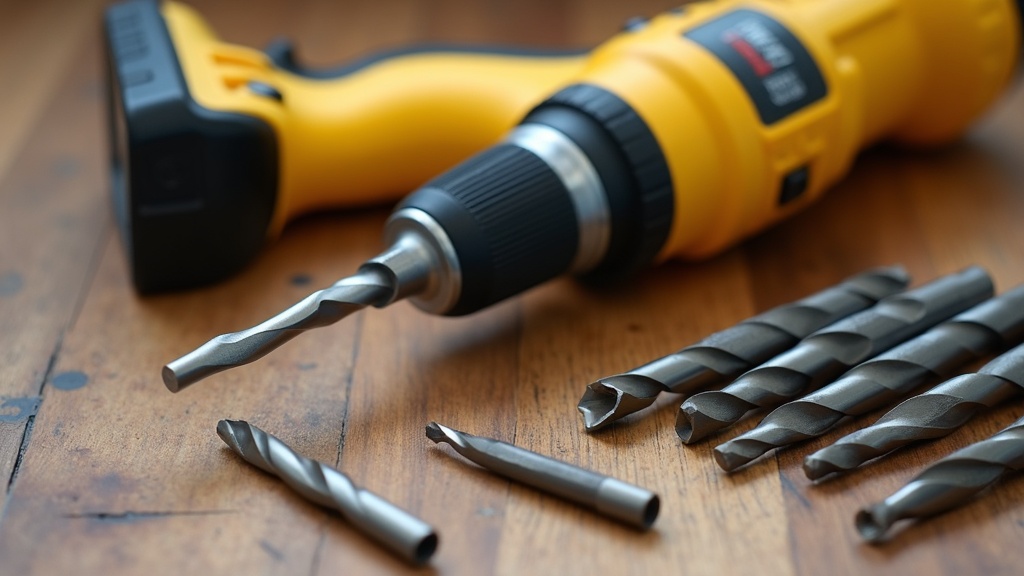
- Cordless Impact Driver
Cordless impact drivers look similar to drills but pack extra torque, making them perfect for driving long screws and bolts without wearing out your wrist. If you ever plan to build a fence, deck, or even assemble a playset, you’ll want this. For lots of homeowners, an impact driver is right up there with a drill.
Why you need it: Impact drivers handle jobs that can slow a regular drill to a crawl, like driving lag bolts, long screws, or anything through dense wood. If you like working with lumber or DIY projects, this tool is super useful.
What to look for: Many impact drivers come in combo packs with a drill, running off the same battery. Prioritize compatibility with your other cordless tools. Short, stubby bits help avoid camout (when the bit slips out of the screw), and a belt hook is more useful than you might think!
- Circular Saw
A circular saw lets you make fast, straight cuts in wood, plywood, and sometimes plastic or light metals. It’s the go-to for cutting boards to length, ripping sheet goods, or any project where you need more than just drilled holes.
Why you need it: Building shelves, fixing fences, outdoor DIY, repairs on subflooring or walls. Even simple stuff like trimming a door fits the bill. A circular saw is big on versatility.
What to look for: Cordless versions have gotten really good in recent years thanks to high capacity batteries, though a corded saw will never run low on juice for long jobs. Check for blade size (usually 6.5″ or 7.25″), comfortable grip, a sturdy blade guard, and easy adjustments for depth and angle. Combo kits with batteries included are usually a deal.
- Jigsaw
If you need to make curvy or intricate cuts, a jigsaw is your new best friend. It’s lightweight and perfect for cutting holes for outlet boxes, trimming laminate flooring, or doing decorative projects and crafts.
Why you need it: Jigsaws are easy to control even for new users and much safer than trying to make those same cuts with a bigger saw. It’s ideal for awkward angles and detailed cuts that a circular saw just can’t do.
What to look for: Orbital action (for faster cuts), variable speed, toolless blade changes, and a dust blower are all features I’ve learned to appreciate. Cordless is convenient, but most jobs don’t require tons of power, so a corded jigsaw can work fine for a lower price.

- Random Orbital Sander
If you’ve ever spent hours sanding a surface by hand, you know how tedious it is. A random orbital sander speeds things up and gives much smoother results on wood, paint, or varnished surfaces.
Why you need it: Prepping for painting, refinishing furniture, smoothing out patch jobs, or sanding down sticky doors. It’s handy for crafts too.
What to look for: Quick change sanding pads (Velcro style), dust collection (even a simple bag helps), variable speed, and comfortable grip. Stick to 5inch models for all around versatility. Cordless is convenient, but corded works great too for shop use.
- Reciprocating Saw (Sawzall)
Reciprocating saws are demolition champs. They chew through wood, pipes, and even nails, making them invaluable for tear outs, pruning thick branches, or cutting through old framing while you’re remodeling.
Why you need it: If you ever need to remove old fence posts, clear through rusty plumbing, or just want to power through something tough and awkward, a reciprocating saw will get it done. Gardeners and renovators both swear by this one.
What to look for: Quick change blades, variable speed, antivibration handle. Cordless versions offer more freedom outdoors or in the attic, but corded models usually cost less. Blades are cheap and come in packs; keep a variety on hand for different materials.
- Oscillating Multitool
Oscillating multitools look kind of odd but they solve a ton of small headaches; flush cutting door jambs, removing old caulk or grout, scraping sticky floor adhesive, sanding in tight spots, and more.
Why you need it: This one tool can sand, cut, scrape, and even grind. Super handy for repairs in tight corners or tough jobs where brute force isn’t the answer. It’s often the only way to do things like cut drywall near a wall without damaging everything else.
What to look for: Fast toolless accessory changes, a variable speed trigger, and compatibility with the wide range of blades and accessories on the market. Cordless models have gotten really good, though if you’ll mostly use it in the workshop, a corded tool does the job for less money.

- Shop Vac (Wet/Dry Vacuum)
This one doesn’t technically drill or cut anything, but I’m never without my shop vac. Clean up sawdust, debris, wet spills, clogged sinks; if you’re doing DIY or repairs, this tool saves your regular vacuum and your sanity.
Why you need it: Workshop messes, cleaning up after projects, sucking water out of a flooded basement, unblocking a drain, or vacuuming out your car. Shop vacs do jobs most regular vacuums shouldn’t touch and are much easier to empty and maintain.
What to look for: 5 to 10 gallon size is a nice balance for home use. Look for included hoses, extension wands, and wet filter options. Wheels and a blower port are bonuses. Corded is the standard here; battery powered shop vacs exist, but they’re usually less powerful.
- Power Screwdriver
Yes, your drill can drive screws, but a dedicated power screwdriver is lightweight, super fast for assembling flat pack furniture, and less likely to overdrive screws or strip heads. I use mine for electronics, light fixtures, hanging cabinet hardware, and quick fixes around the house.
Why you need it: Perfect for jobs that don’t need full drill strength, assembling Ikea furniture, changing out wall plates, working in tight corners, or for anyone with weaker hands who still wants to DIY.
What to look for: Look for a rechargeable battery, compact size, and magnetic bit holder. Some models have a pivoting handle for tight spaces. This one’s a great “nice to have” even if you already own a good drill.
- Electric Stud Finder
This might seem like a small one, but a quality electronic stud finder saves a lot of mess and frustration. You don’t want to be guessing where the studs are for mounting shelves or TVs. I find mine invaluable for getting things right the first time.
Why you need it: Hanging heavy stuff requires hitting a stud (or using the right anchors), so knowing exactly where they are is really important. It helps avoid unnecessary holes, and you can even use advanced models to find wiring and metal pipes behind drywall.
What to look for: Choose one with a clear digital display and deep scan capability for thick walls. Extra features like live wire detection are a plus. Avoid the super cheap ones that only sort of guess; accuracy pays for itself immediately.
Bonus Power Tools Worth Considering
While the 10 above will cover most bases, a few tools are worth upgrading your setup further, especially if you love big projects or live in an older home with more upkeep needs.
- Miter saw: Great for repeated crosscuts on trim, molding, and framing lumber. If you’re tackling flooring or crown molding, this is a real gamechanger.
- Air Compressor & Nail Gun: For those who plan on finishing basements, installing trim, or doing a lot of woodworking, a nail gun saves time and makes results look pro.
- Cordless Lawn & Garden Tools: Like string trimmers, hedge clippers, or leaf blowers; if you have a yard, these can save a lot of sweat and make outdoor upkeep easier.
Start with what you’ll use most, and as projects come up, you’ll know when it’s time to invest in extra firepower. For those who are passionate about outdoor DIY or have a large yard, stumble upon specialized tools tailored to gardens and landscaping.
Best Power Tool Brands For Most Homeowners
This comes up constantly, and I’ve worked with tools from budget to pro. Here are a few brands that stand out for reliability, price, battery platform, and customer support:
- Ryobi: Great for DIYers, affordable, and their 18V One+ battery system covers tons of tools—inside and out. Super easy to find at big box stores.
- DeWalt: More pricier but tough and popular among pros and serious DIYers. 20V Max line is the standard for cordless; batteries are easy to track down.
- Milwaukee: Strong build quality, plenty of cordless options, and one of the broadest ranges for both home and light commercial use; 20V M18 and M12 platforms are popular.
- Makita: Big in both the homeowner and pro space, especially for cordless and gardening tools. Durability is a highlight.
- Bosch: Well-made and ergonomic, with some unique features and a big prograde following, though sometimes pricier. Their 18V line pairs well with plenty of accessories.
Personally, I recommend picking a brand based on which system’s batteries and chargers you want to commit to, then sticking with that line as much as possible. Sticking to one battery system will save you both money and headaches over time. Visiting a store to get a feel for the grip, balance, and controls can also help spot the one you’ll be happiest using long term.
Buying Your First Power Tools: New, Used, or Refurbished?
A lot of folks wonder if it’s worth buying power tools new or if you can safely buy them used. Here’s what I’ve learned:
- New: Best for cordless gear, since batteries lose charge over years. Warranties are usually included, and you know the full history.
- Refurbished: Factory refurbished tools from reputable sources are a pretty safe bet, usually at a decent discount. I’ve had great luck with authorized refurb sellers.
- Used: Can work for corded tools, but watch for worn motors, broken cords, and especially with cordless, dead batteries. Only pay if you can test the tool yourself.
For folks looking for bargains, check online marketplaces, closeouts, and even local tool libraries (places that let you borrow tools for free or a small fee) to try before you buy. Dig into reviews and ask friends or neighbors for recommendations; sometimes, the best deals and advice are just down the street.
Tool Safety Tips For Homeowners
Knowing your way around power tools is awesome, but safety should never take a back seat. I’ve seen plenty of near misses just from trying to rush things or skipping basic steps. Here are some straightforward habits that make tool use a lot safer:
- Always wear eye protection, even for “just a quick cut.” Tiny debris can do real damage.
- Don’t wear loose clothing or jewelry that can get caught.
- Keep fingers and hands away from blades, bits, and moving parts. Respect the tool, even for small jobs.
- Never remove safety guards unless cleaning or changing blades (and the tool is unplugged or the battery pulled).
- Unplug (or remove the battery from) tools when swapping accessories.
- Keep your workspace clear, clean, and well lit. Clutter is a trip hazard.
- Stay sober. Accidents happen a lot faster with distractions or after a drink.
Brush up on the manual for each tool; yes, even the boring ones. A little time learning saves you a lot of headaches (and doctor visits) down the line. Taking that extra minute to size up the situation and prep your work area truly sets you up for success every time.
Frequently Asked Questions About Power Tools For Homeowners
What tool brand should an average homeowner buy?
There’s no single best answer, but for most people, Ryobi’s 18V One+ system offers just about everything you could want for indoor and outdoor DIY projects at a friendly price. DeWalt, Milwaukee, and Makita are a bit pricier but worth checking out if you want heavier duty gear. Stick with a battery system so your chargers and batteries work across multiple tools. Ryobi is probably the top pick for anyone who wants value, lots of tool options, and decent durability without prolevel cost.
What is the most commonly used power tool at home?
Hands down, the cordless drill/driver. Almost every project or repair seems to start or end with reaching for one. It drills holes, drives screws, and can even handle some light duty sanding or mixing jobs with the right attachments. That’s why it tops my list.
What tools should a homeowner have?
At a minimum, every homeowner should try to have a cordless drill/driver, a circular saw, and at least one type of sander. If you’re aiming to cover all the basics, the full list above (top 10) will get you through most repairs and improvements. Even if you don’t tackle big renovations, having these basics means you’re ready for just about anything a home throw at you.
What power tools should everyone have?
Everyone should have a cordless drill/driver; that’s nonnegotiable for repairs, furniture, and even simple decor. Beyond that, adding a circular saw, jigsaw, and orbital sander opens the door to most DIY projects. The rest of the tools on my list fill out the collection for plumbing fixes, demolition, finish work, and cleanup.
Building Your DIY Toolkit: Tips from Personal Experience
I started like most folks, grabbing a few cheap tools at the hardware store for a single project. Pretty soon, I found myself adding tools for each new job until my garage had everything I really needed. A few things I’ve picked up along the way:
- Buy as you go! You don’t need everything up front. Wait until a project needs a specific tool, then buy the best version you can afford—you won’t regret quality.
- Stick with one cordless platform, especially for battery powered tools, to cut down on clutter and save money in the long run.
- Don’t cheap out on drill bits, saw blades, or accessory packs. Dull, low-quality bits make jobs much harder and risk damaging both tools and materials.
- Take a second to look up tutorials on YouTube or the manufacturer’s website. Using a tool the right way makes a big difference.
There’s something satisfying about opening up your toolbox and knowing you have the right tool for the job. Start simple, add as you need, and before you know it, you’ll be the neighbor everyone borrows from. Don’t be afraid to ask fellow DIYers for tool tricks and favorite brands; communities and forums can give a boost to your knowledge base.
Where To Buy Power Tools Online and Instore
You can grab quality power tools at big box retailers like Home Depot, Lowe’s, or Menards, and online through Amazon, Acme Tools, or the manufacturer’s website.
For bargains, check out factory refurbished models on sites like ToolBarn, CPO Outlets, or eBay; but always watch for warranty info and the seller’s reputation. Local hardware stores sometimes have deals on tool bundles, especially around holidays or backtoschool seasons when DIY projects tend to ramp up. It’s worth stopping in at local tool rental shops as well—sometimes you’ll stumble upon special pricing or clearance items.
Final Thoughts: The Real Impact of Having the Right Power Tools At Home
When you own your home, unexpected repairs and creative projects are just part of life. Building out a set of reliable power tools means you’re ready to tackle repairs, save cash, and add value to your living space; plus, you’ll feel a lot more confident every time something comes up.
Start with a solid drill/driver, pick up a circular saw and jigsaw as you go, and round out your kit with whatever fits your projects and interests. Sticking with a quality brand and battery system will keep things simple. And honestly, a good set of power tools isn’t just about the projects—it’s about being in control of your home, learning new skills, and making life a little more DIY friendly.
Still have questions or not sure which tool to buy next? Leave a comment below, and I’ll be happy to share advice based on my own toolkit and experience. And if you’re itching to get started, keep an eye out for starter kits; they’re a really smart way to get a couple of key tools (drill + driver, saw + sander, etc.) at a discount. Happy building!
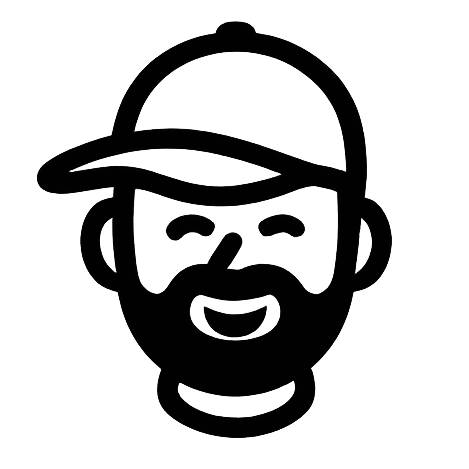

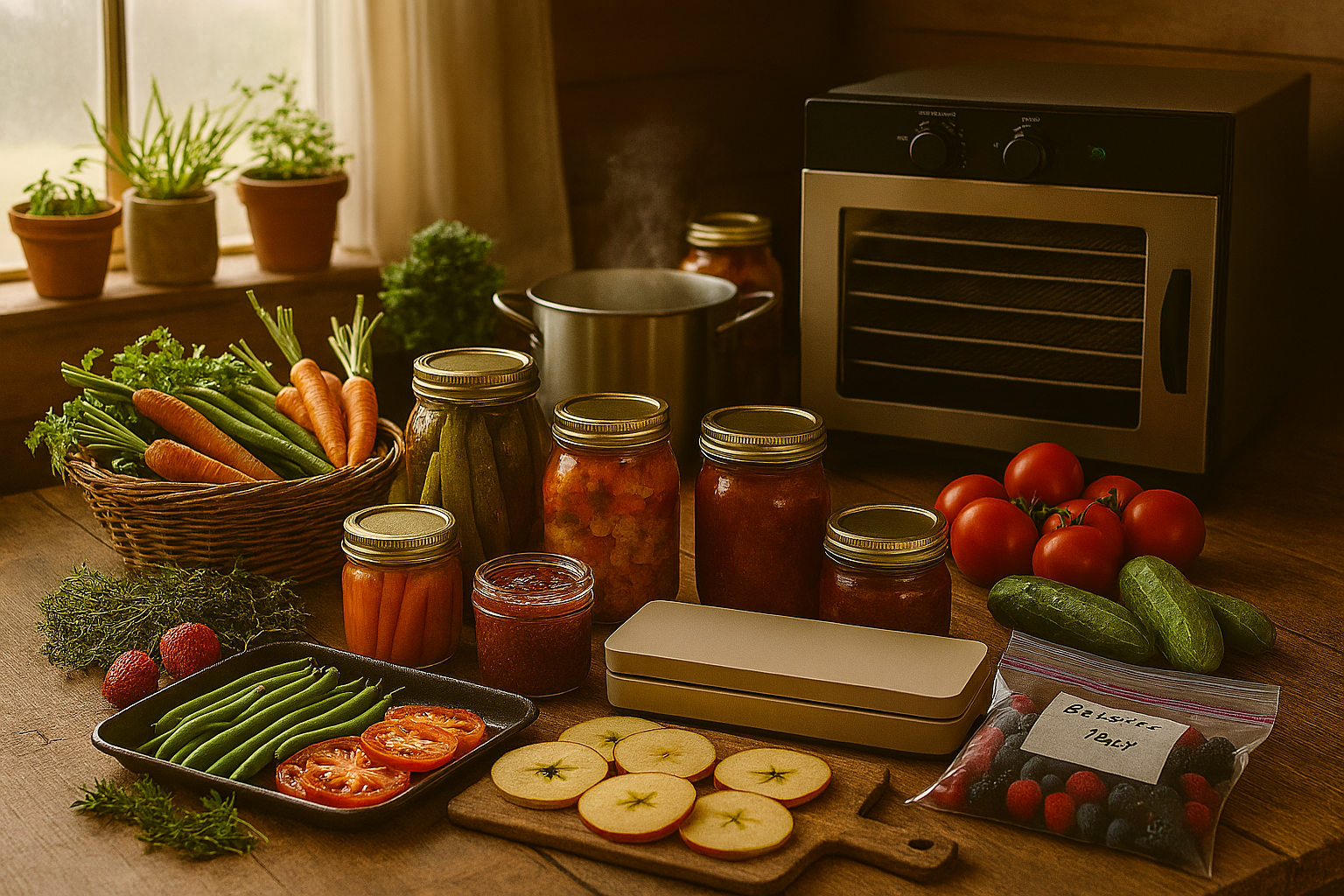
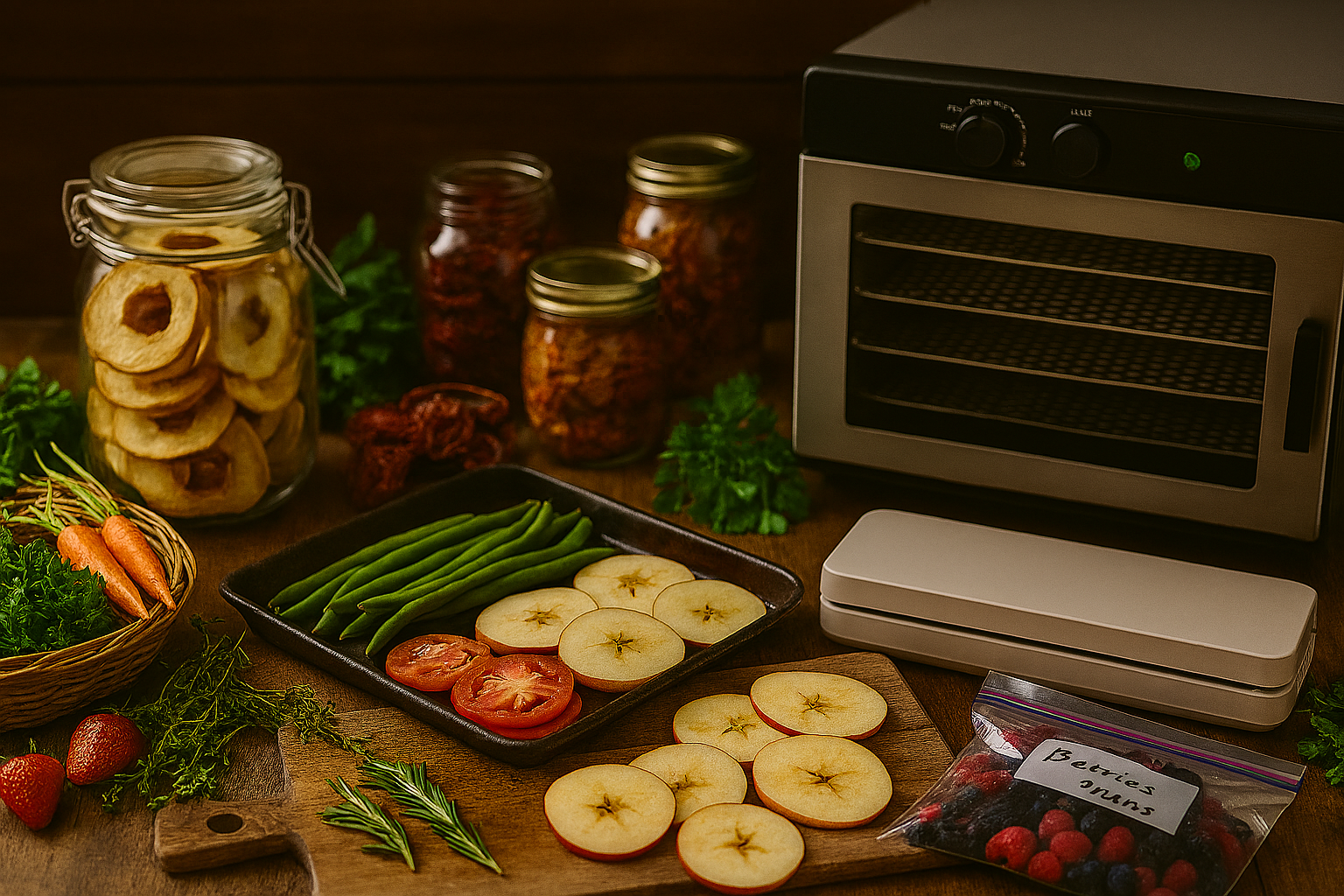
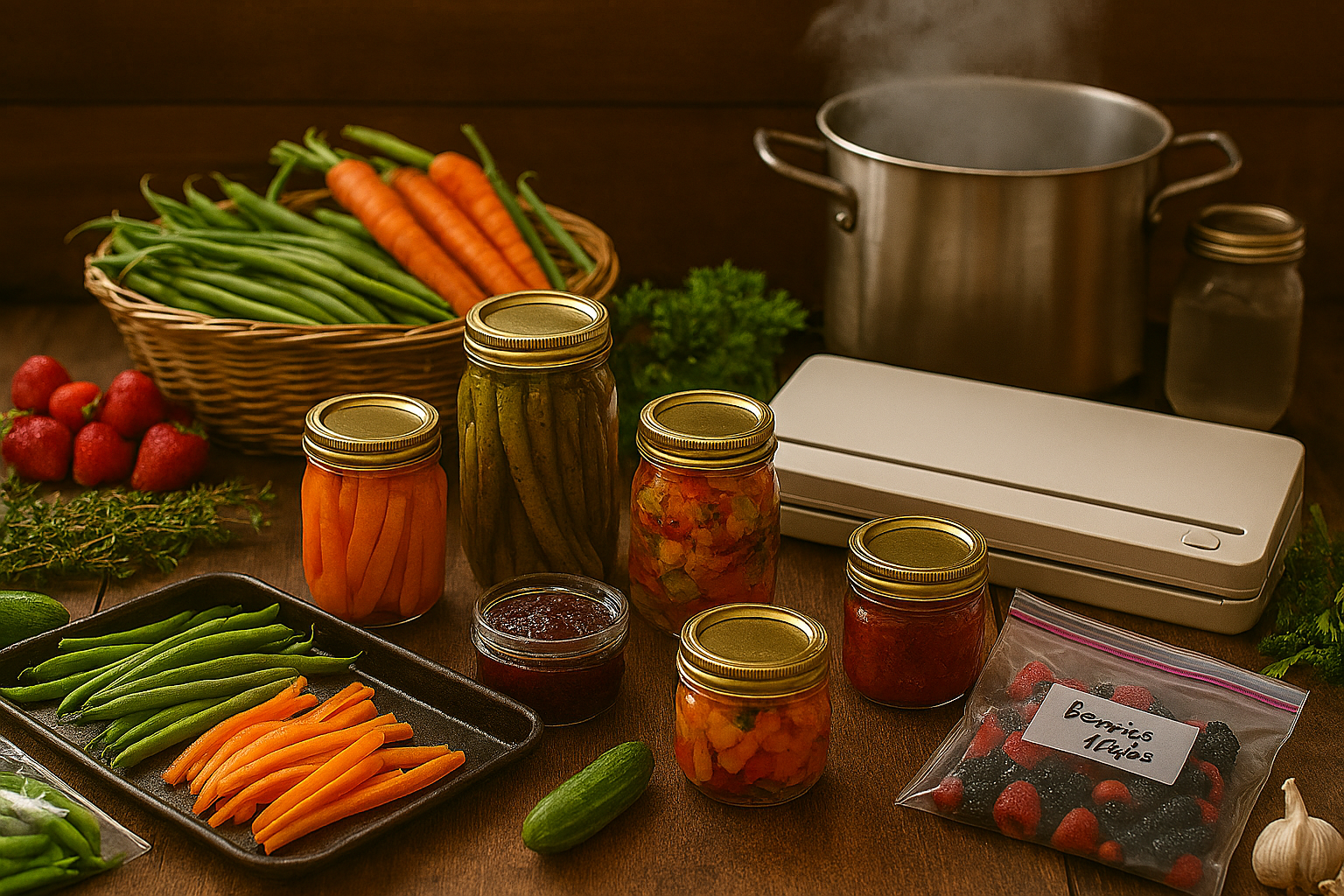

Leave a Reply